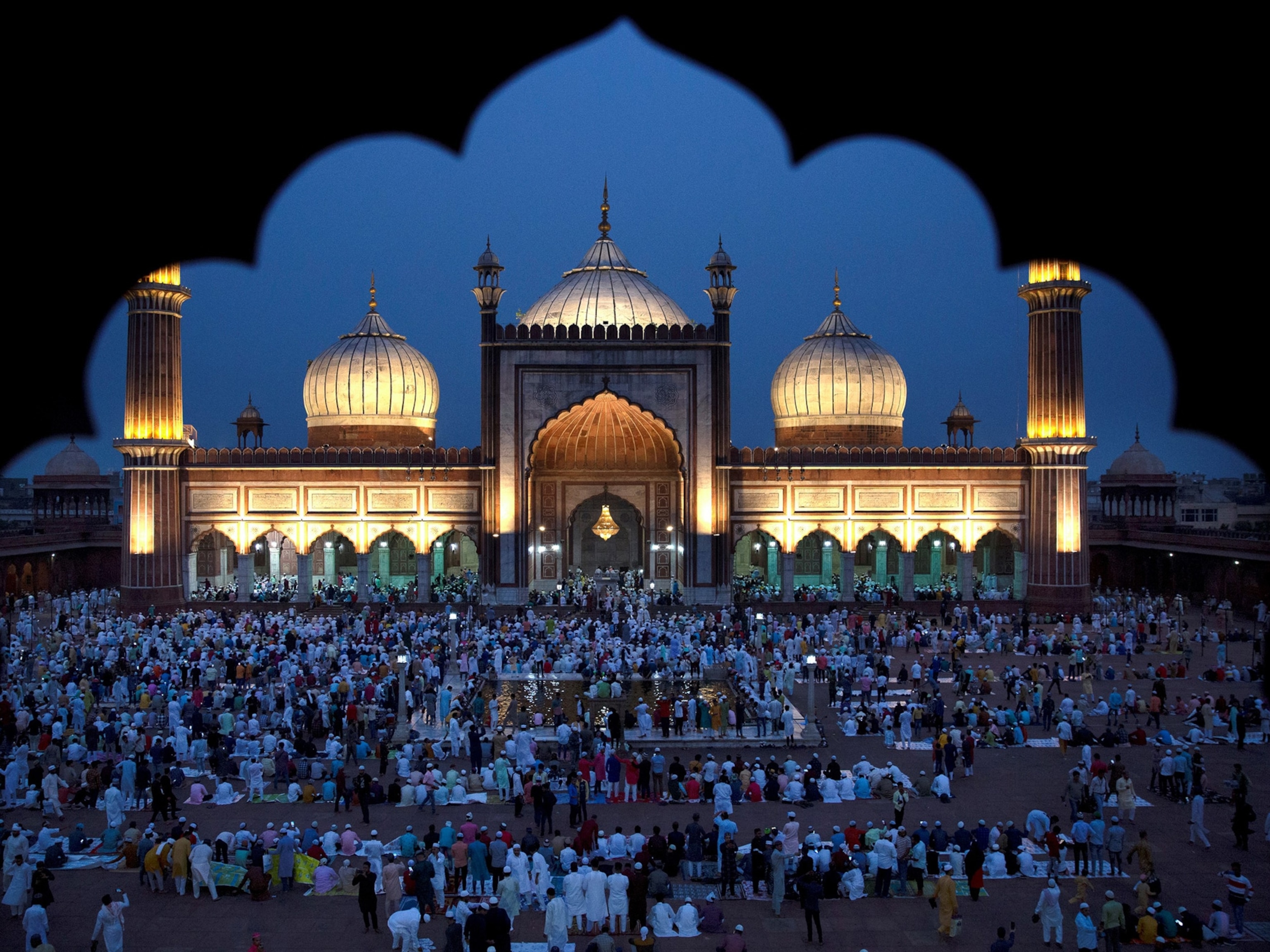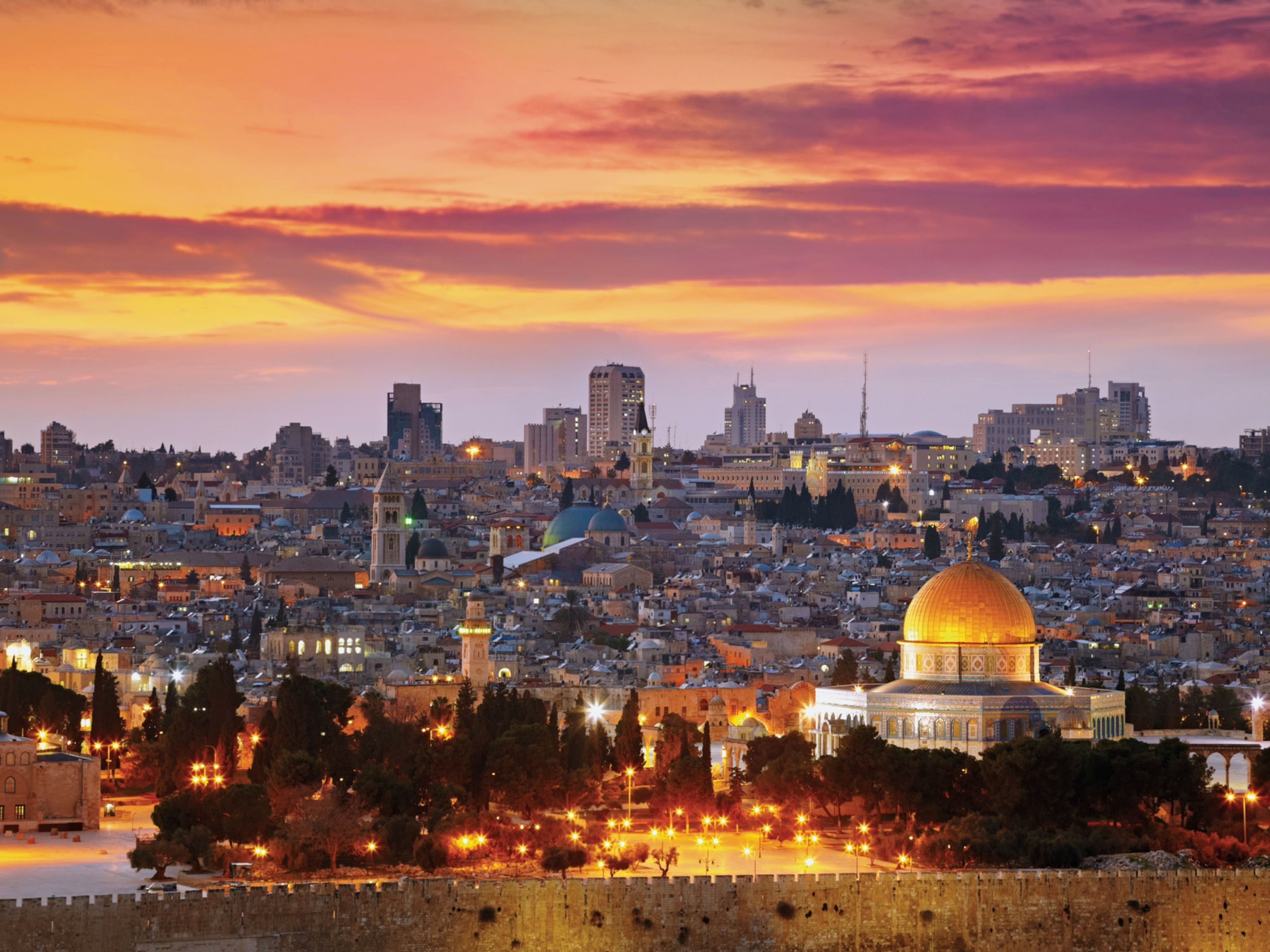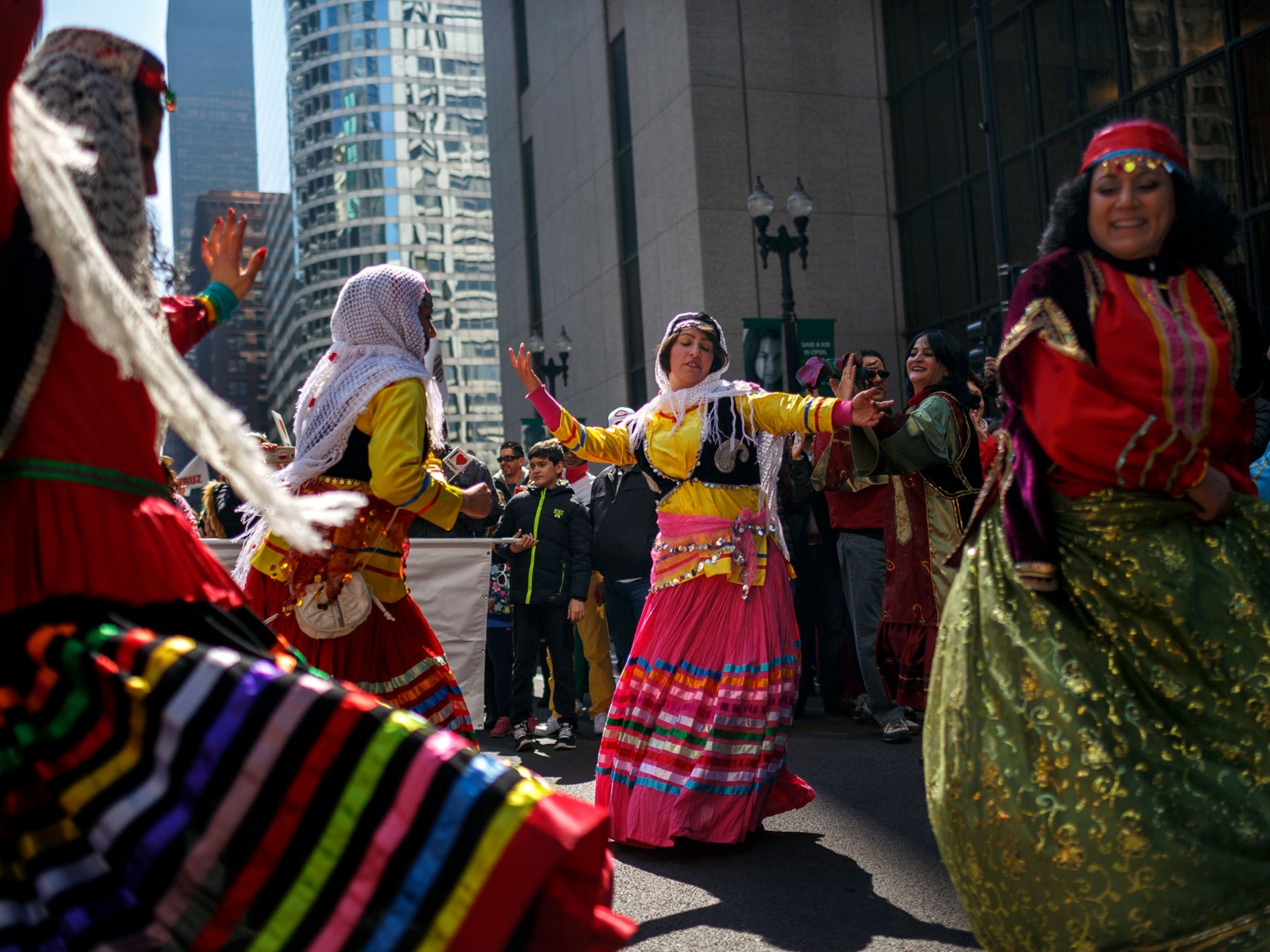How do we know when Ramadan starts and ends? It’s up to the moon.
For centuries the appearance of the new crescent moon has signified the commencement of Ramadan—but not everyone in the world spots it at the same time.
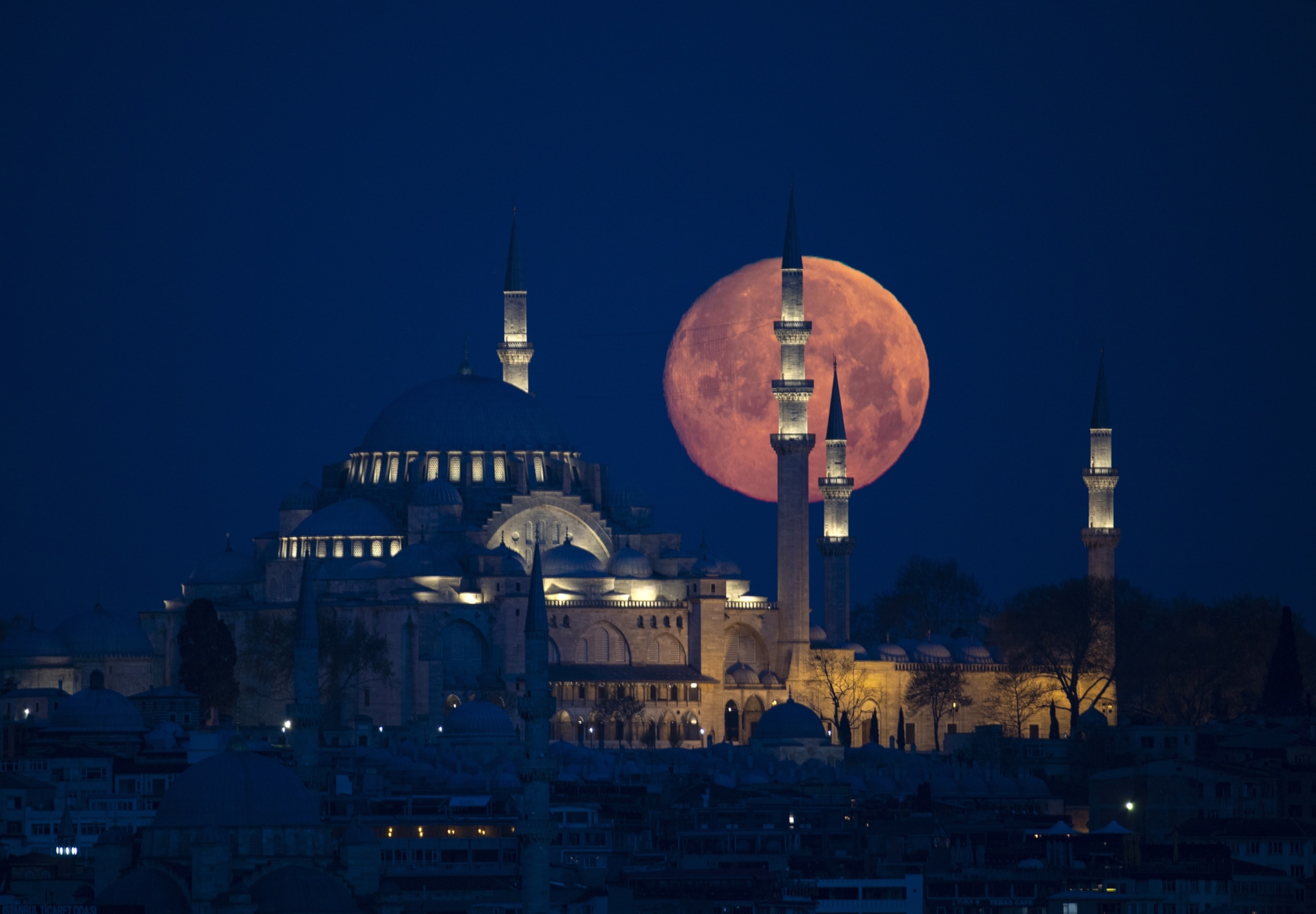
Ramadan, the ninth month of the Islamic calendar, is a sacred time of fasting, prayer, and reflection for the 1.9 billion Muslims who observe worldwide. But ask any Muslim when the holiest month begins or ends may leave you with more questions than answers.
What is the Islamic lunar calendar?
Unlike the solar-Gregorian calendar, the Islamic “lunar visibility” calendar consists of twelve lunar months within a year of 354 or 355 days. This makes the Islamic year about 11 days shorter than the solar-Gregorian calendar year. As a result, Islamic months shift through the seasons over time.
Each month is marked by the “birth” or sighting of a new crescent moon. Numerous hadith (sayings and teachings of Prophet Muhammad) describe why the moon’s position and visibility are crucial to determining critical days in the Islamic calendar. As a result, Muslims often rely on local moon sighting committees, such as the U.K.-based New Crescent Society or religious authorities, to announce the beginning of Ramadan and other significant dates.
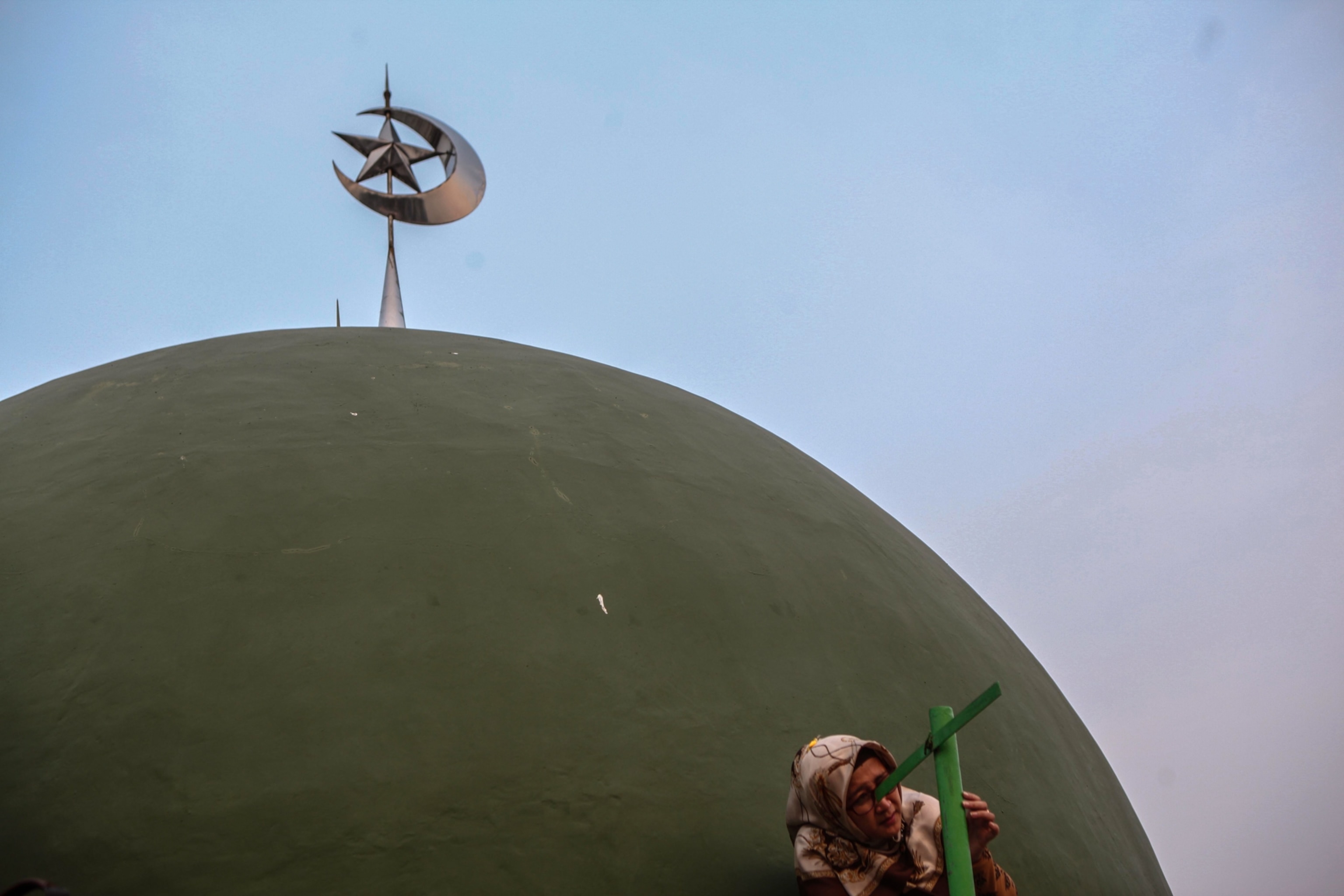
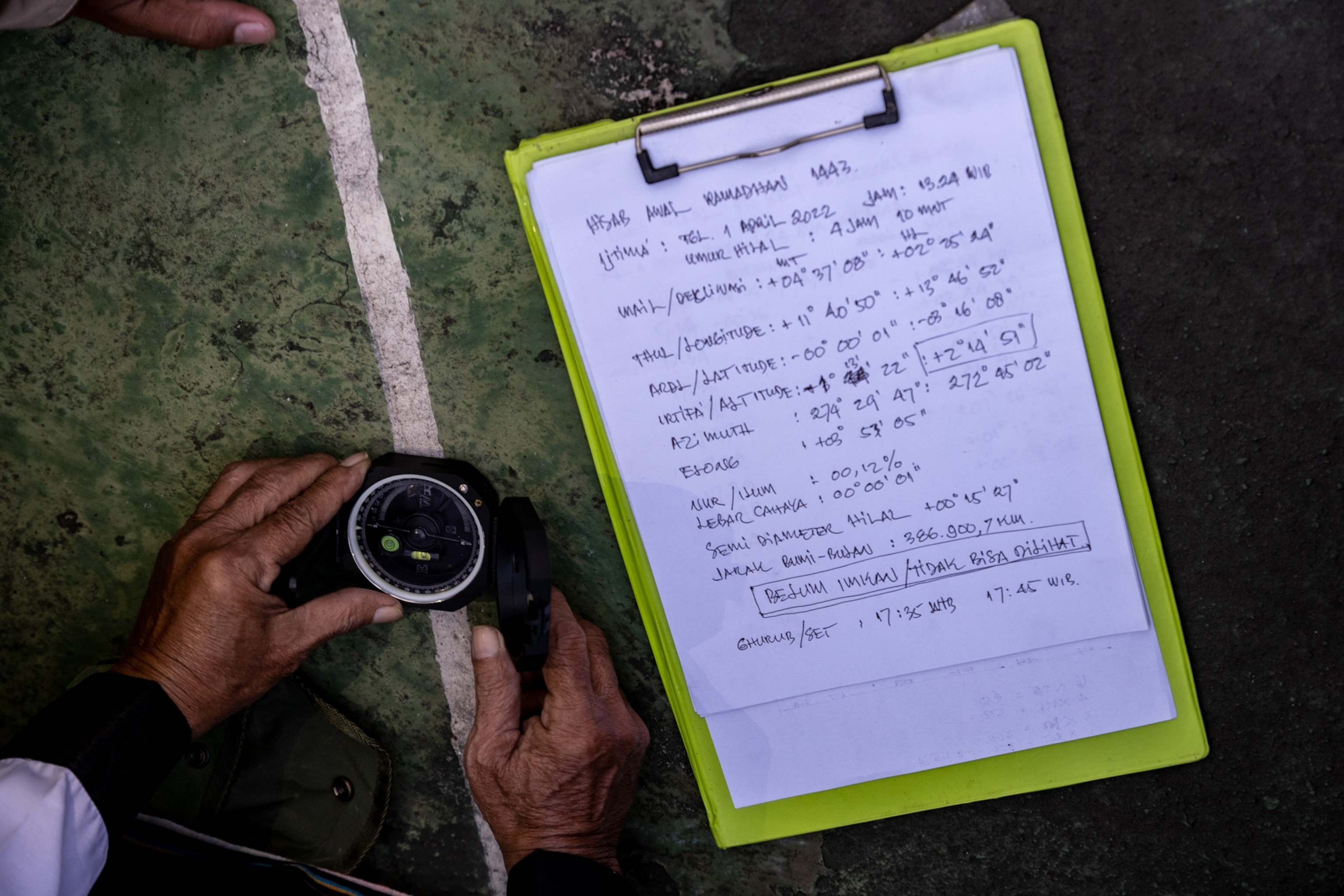
How is the first day of Ramadan determined?
It takes the moon 29.5 days to complete a lunar cycle. As a month cannot have half a day, some Islamic months will have 29, while others will have 30. On the 29th day of each cycle, astronomers and observers around the world will search the skies. The thin sliver of the waxing crescent is meant to appear during dusk, near the horizon, within 20 or 30 minutes of the sunset. If sighted, the next day marks the beginning of a new month. If the moon is not visible for inclement weather or otherwise, the following day is understood as the 30th day of the month, and the new month begins the day after.
(How do Muslims celebrate Ramadan? Here are five unique traditions.)
While astronomical calculations can determine the exact position of the moon, including the timing of the lunar conjunction—during the new moon when the Earth, moon, and sun are aligned—they do not directly address the visibility of the crescent moon from Earth. This is where the traditional method of moon sighting comes into play, as it involves actual observation of the crescent moon by individuals with the naked eye.
How has science changed Ramadan practices?
As modern science and astronomy evolved, astronomers recognized that various atmospheric factors, including air turbulence, humidity, dust, and pollution, influence the moon’s visibility. Initially, this challenge was approached geometrically, with the Babylonians proposing that the crescent would be visible if the angle between the moon and the sun exceeded 12 degrees. Later, astronomers incorporated physics into their understanding, acknowledging that the contrast between the brightness of the moon and the background sky also played a role in visibility.
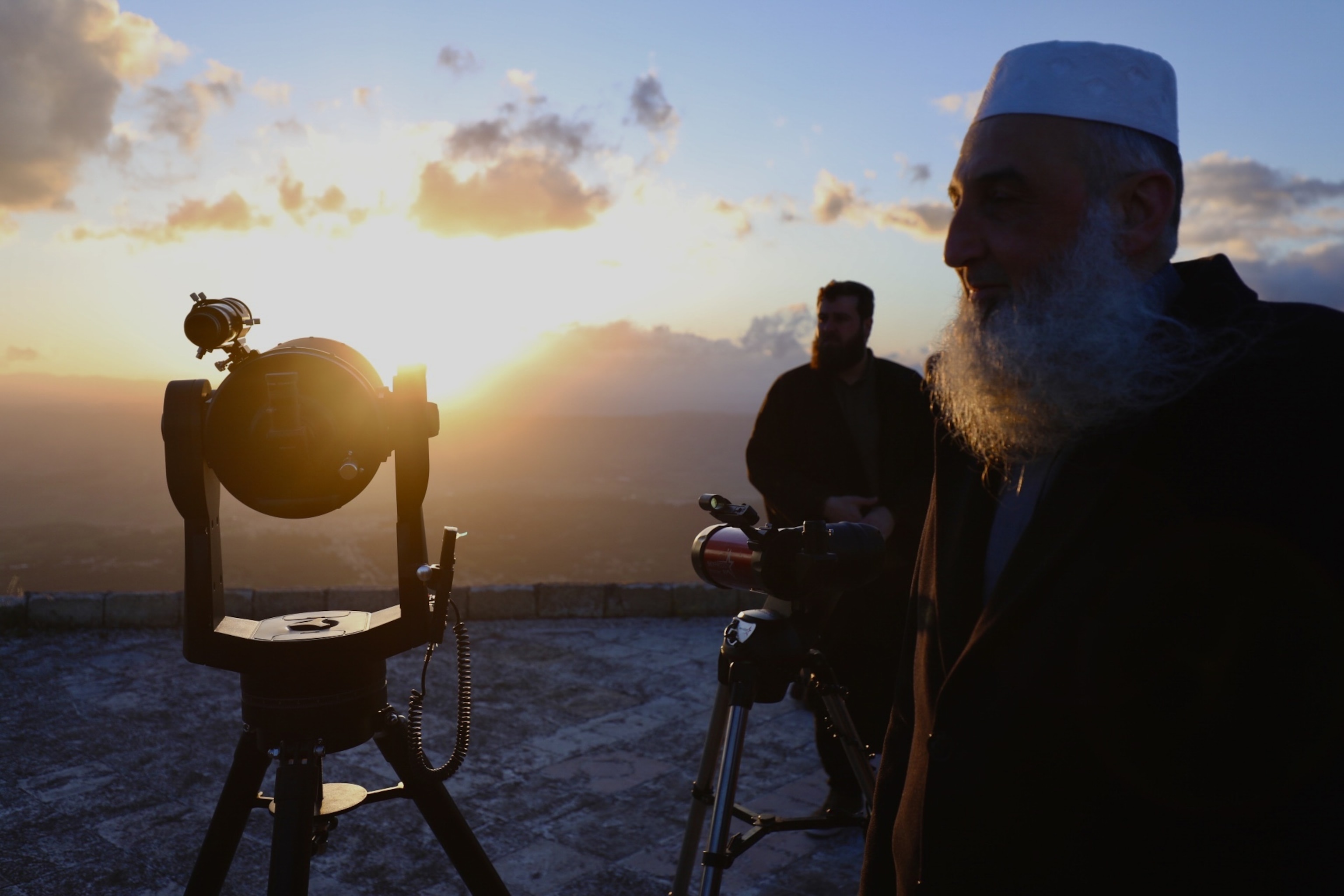
During this period, Malaysian astronomer Mohammad Ilyas introduced the concept of the Lunar Date Line, suggesting that while one part of the world might observe the crescent and commence a new month, another part might not, resulting in a one-day delay. Despite advancements in calculations and theories, the predictability of lunar visibility remains elusive, making it nearly impossible to forecast whether the moon will be visible from any given location.
(See how Muslims celebrate Eid al-Fitr around the world.)
“Timekeeping is a collective activity,” says Imad Ahmed, director of the New Crescent Society. “Islamically, you are meant to go out and sight the moon in your own locality,” However, many Muslims use Saudi Arabia’s moon sighting committee of the Supreme Court to announce the official date of Ramadan.

